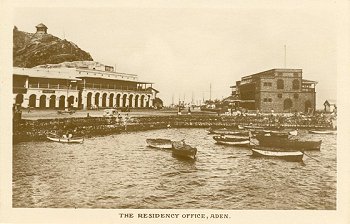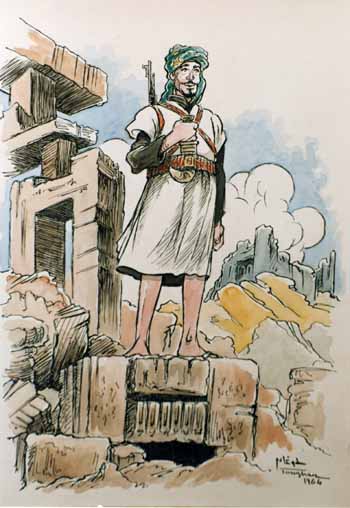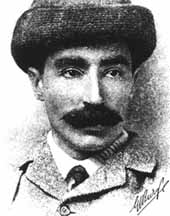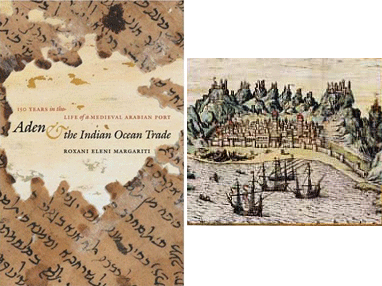
View of a busy marketplace in Aden. Staggering unemployment rate of around 35% hampers serious socio-economic development of the nation. People finishing high school and possessing university degrees are affected the most and according to a government survey published in 2008, 54% of graduates are unemployed/under employed. (Photo: Swiatoslaw Wojtkowiak)
There is an interesting historical study of Yemen through photographs on the Foreign Policy Journal website. Click here to see the full article and pictures. Here is the opening explanation:
Recent events in Yemen have brought the country into limelight again. While Houthi rebels in the north and northeast of the country have an on-off political agreement with the government in Sanaa, al-Qaeda affiliated groups are flexing their muscles by attacking the authorities across the country. Political forces in southern Yemen are also unhappy with the economic development the region has seen since its union with the north two decades ago and talk of secession is ripe.
Though strategically located at the junction of the world’s most important waterways, the Red Sea and Gulf of Aden, the channel that connects world’s western shipping lines to the east, Yemen has failed to capitalise on its potential and emerge as a regional powerhouse. Instead, the country is at the brink of political mayhem and stands at #18 in the Failed States Index 2009 [1].
This photo story sheds light on Yemen’s ancient as well as recent history and discovers the factors that have hampered the country’s economic and socio-political development and brought it to the brink of disintegration.




